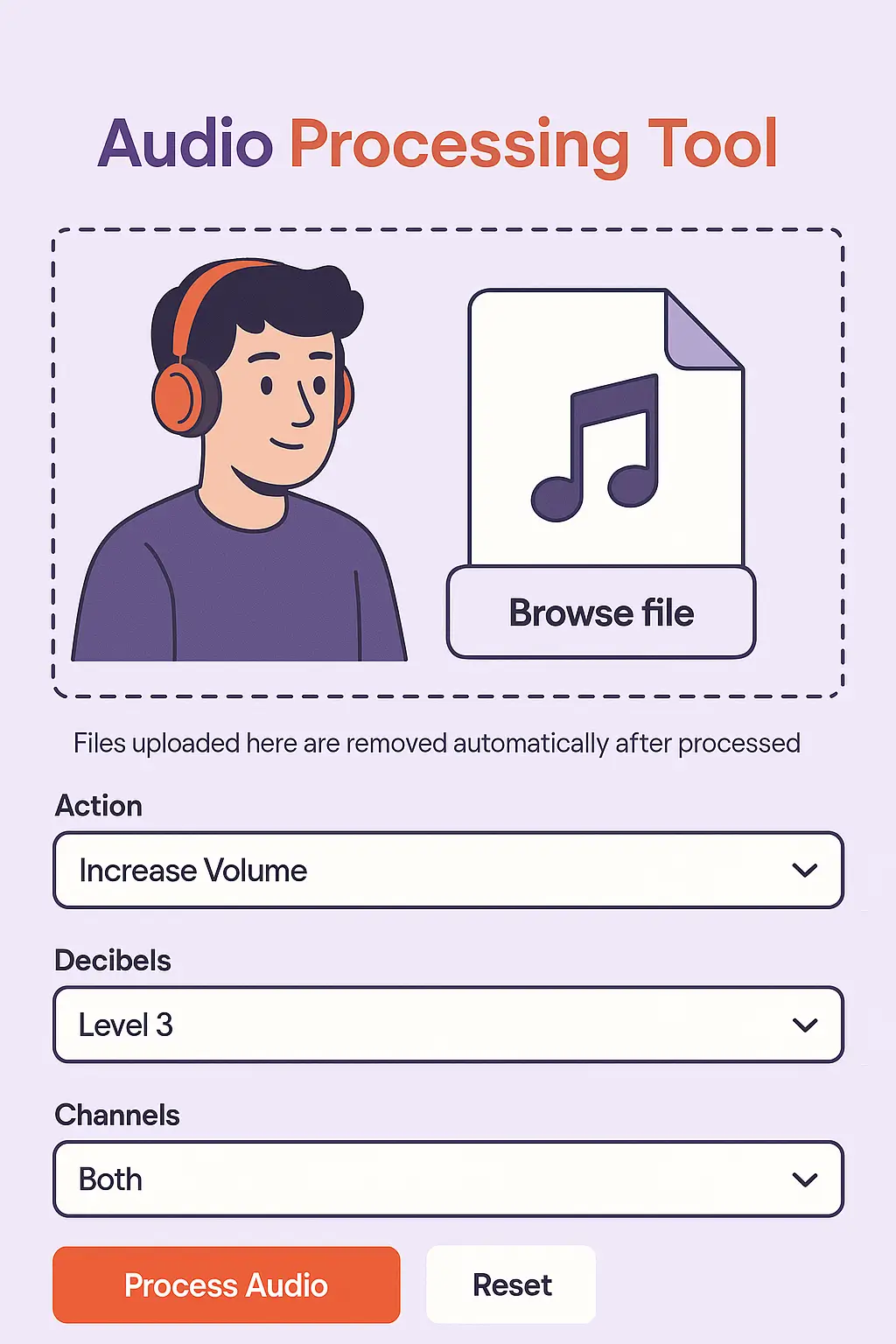

Audio Processor – Enhance Your Sound Instantly
Optimize your audio with our free online Audio Processor. Increase volume, reduce noise, and enhance sound clarity with ease.

Image Compressor – Fast & No Quality Loss
Compress your images online for free without compromising quality. Reduce image file size for faster websites and better performance.
SPONSORS